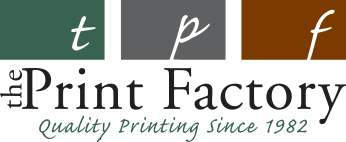Printing in NH is a process nearly 25,000 years in the making. Typesetting, the basis of all printing today, has a colorful history that started thousands of years ago. The way that the printed word has evolved through the years is impressive – as technology evolves, so will the work of typesetters everywhere.
From the Beginning
The first form of typesetting that we have found evidence for was in Ancient Cave paintings around 20,000 BCE. In 3500 BCE, the Sumerians were the first individuals who had formal writing. It allowed for humans to communicate aspects of their lives that were important enough to take the time to write them.
The most common early form of typesetting would be the Ancient Egyptian hieroglyphics. Egyptians maintained the market for typesetting until 1600 BCE when the Phoenicians utilized the use of phonograms. It wasn’t until 1000 BCE that the first alphabet, employed by the Greeks, arrived on the typesetting scene. Then it was taken by the Romans, who created the uppercase alphabet with refined handwriting skills and a different script. This evolution was the start of writing in the Middle Ages.
A Shift in the Middle Ages
During the Middle Ages, every piece of work was handwritten. The primary work from the Middle Ages were Bibles, and one Bible could take years to write. They put gold filigree into decorative letters and used rounded calligraphy.
As time went on, lettering changed, and many works were still handwritten. It wasn’t until the 15th century that individuals were able to mass produce type. Johannes Gutenberg made a significant innovation when the Gutenberg Press emerged, giving birth to modern typography. The Gutenberg Press was able to create a layout with illustrations as wells as practical and decorative typefaces. With the continuation of the Industrial Revolution, the communication booklets began to include a more extensive variety of fonts.
Typesetting Today
Today, typesetting can be done using computer programs with multiple typesets where they get sent to a printer. Unlike before, where there was no setting of letters or laying of decoration, it takes a unique eye to be able to properly typeface for many aspects of a printer’s job. Printing in NH today is a culmination of years of innovation, practice, and just a little bit of luck. So next time you’re typing a report, think about how much work went into this ability to communicate.
Printing in NH has become a technological art form. While it is less time-consuming than in the Middle Ages, it still takes focus and an artful eye. For all of your needs when it comes to printing, come to The Print Factory.
